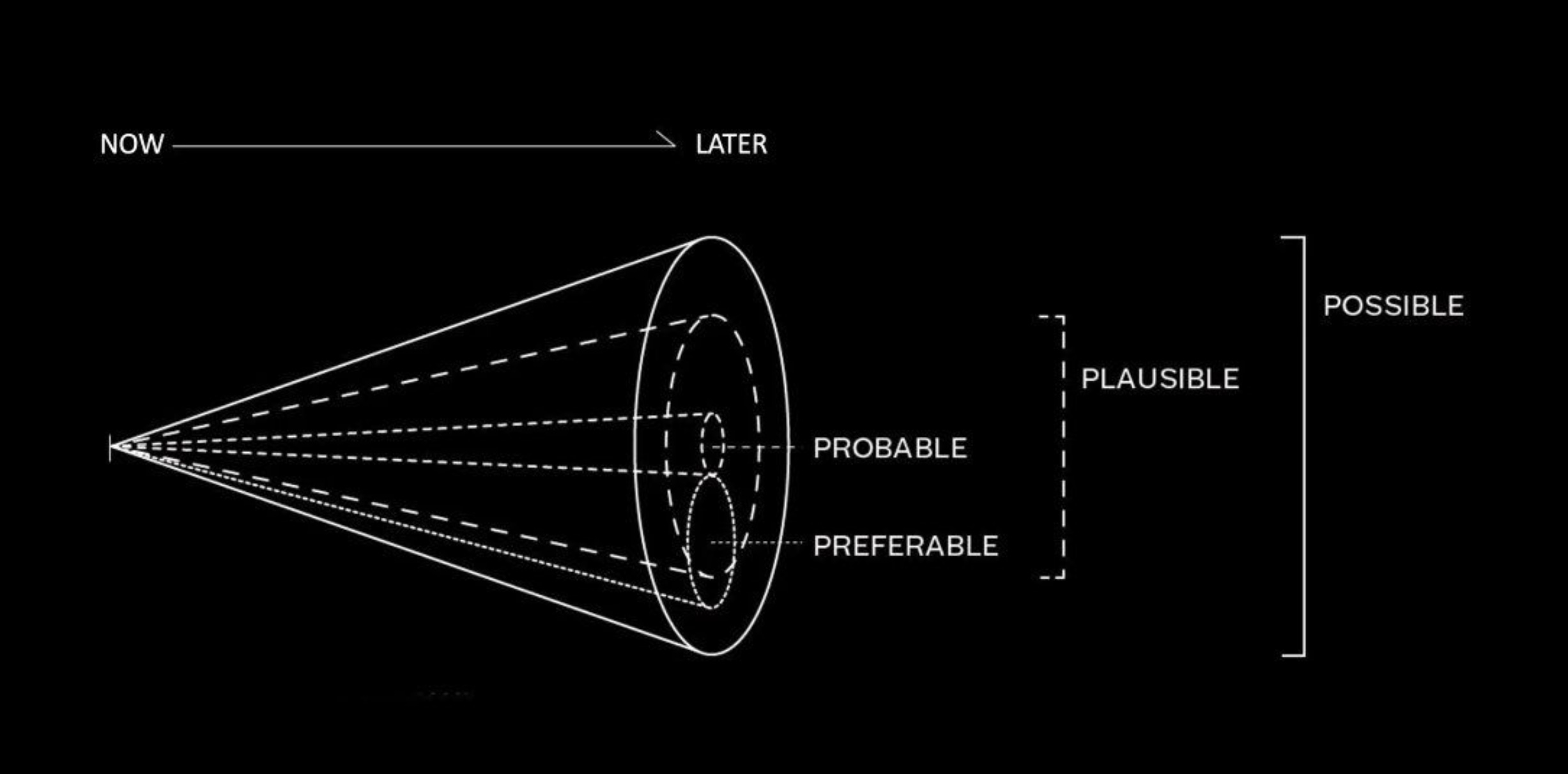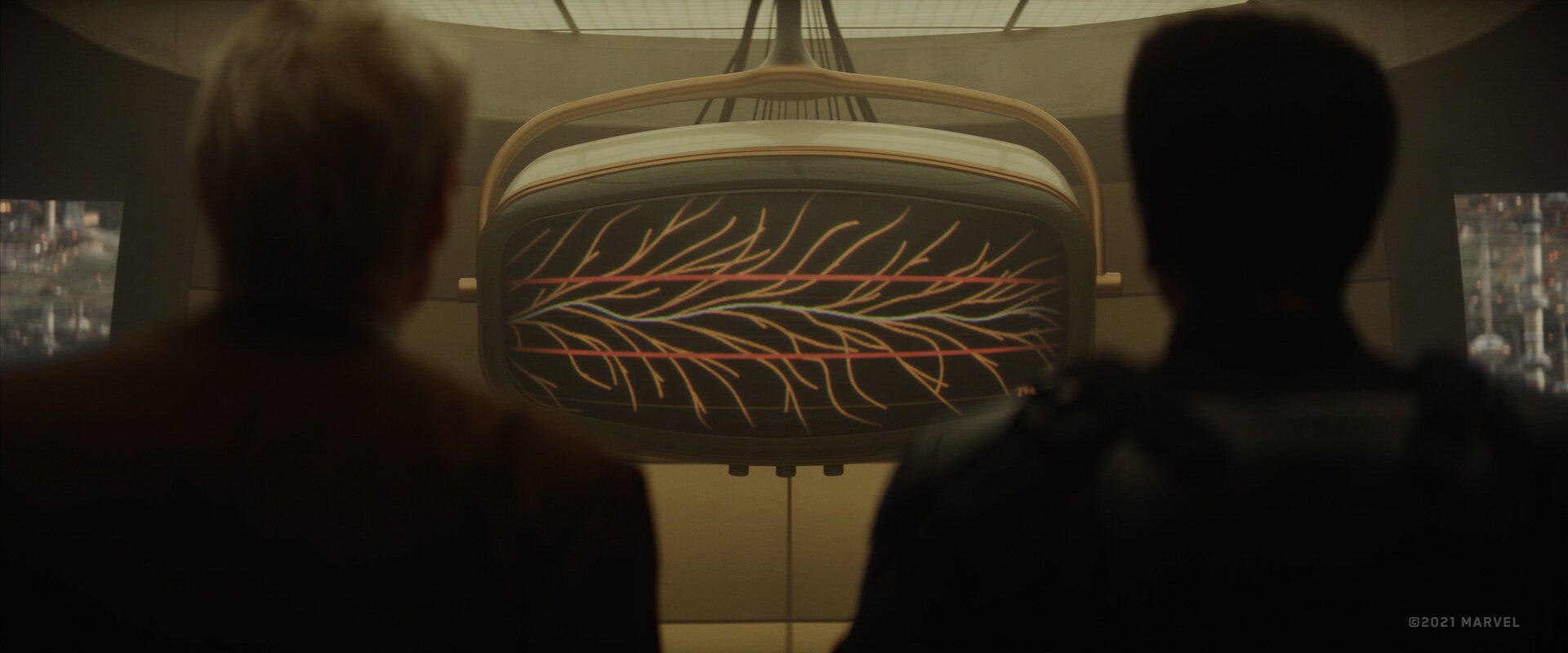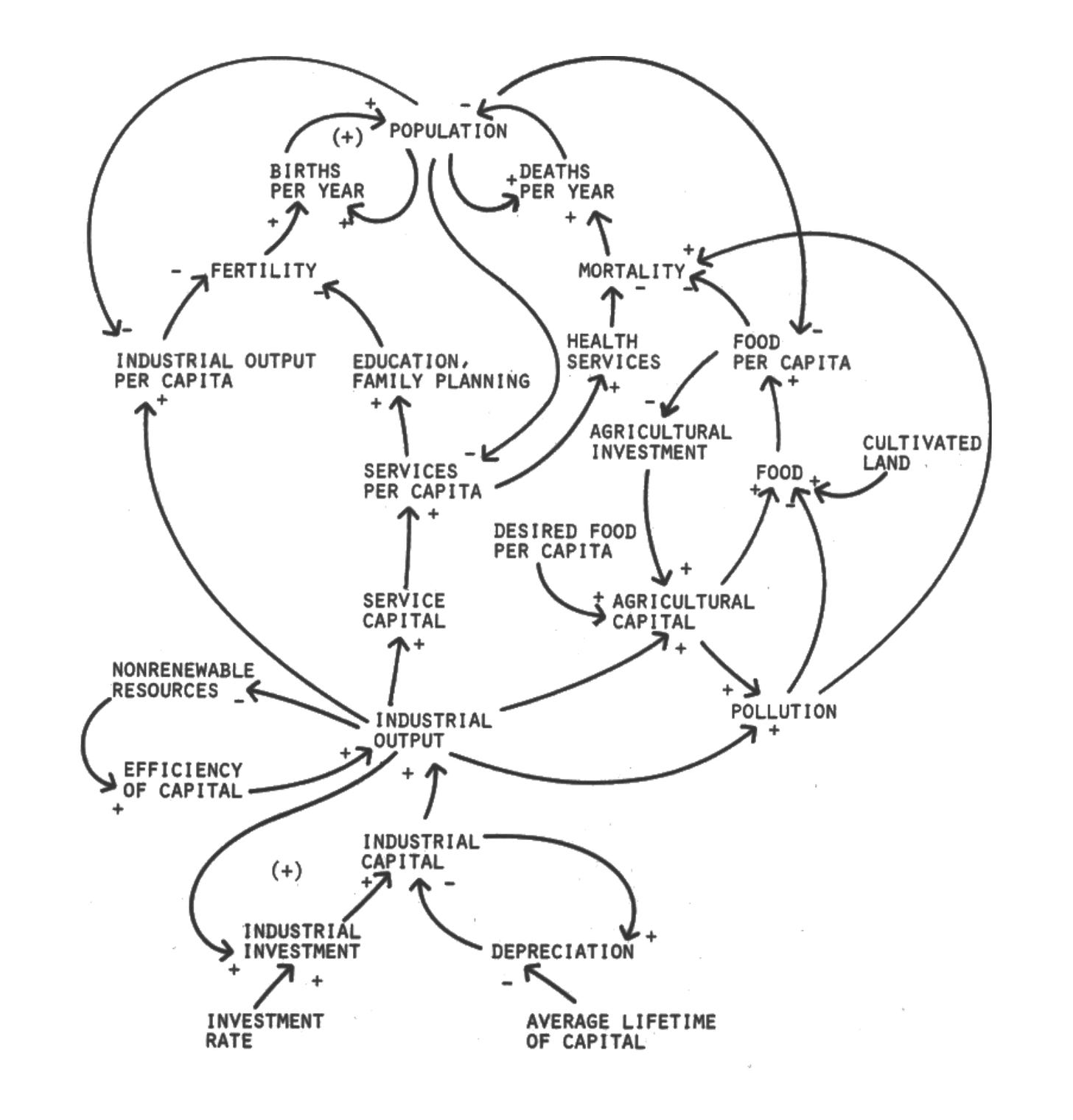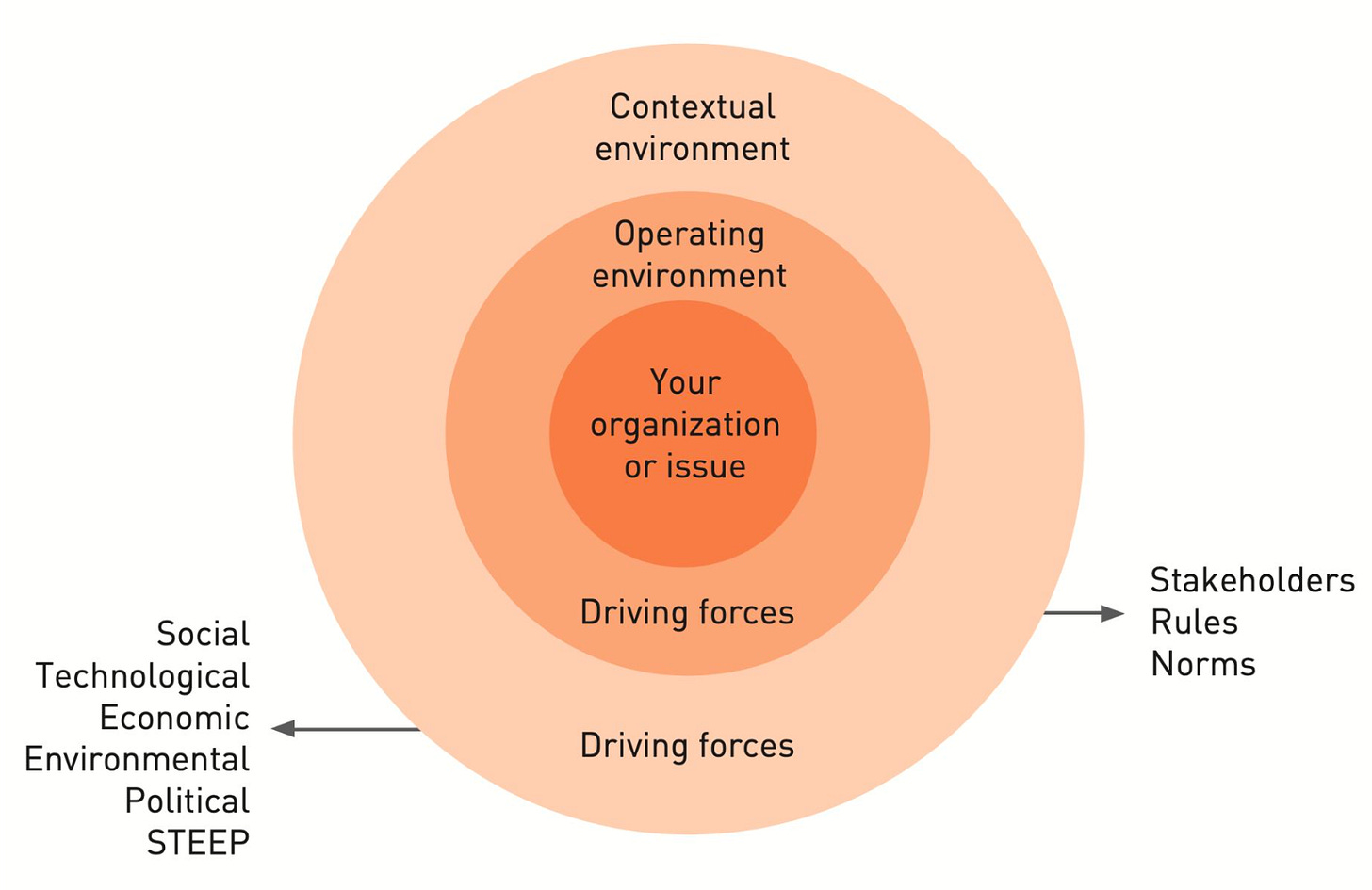The future arrives unevenly, materializing first in scattered signals before coalescing into recognizable patterns. Traditional strategic planning assumes predictable trajectories - linear extrapolations from present trends. But in volatile, uncertain, complex, and ambiguous (VUCA) environments, this approach fails. The future doesn’t follow straight lines.
Scenario planning offers an alternative: rather than predicting a single future, it traces multiple potential paths through what futurists call the “cone of possibility.” Each scenario represents a plausible future shaped by current driving forces - social, technological, economic, environmental, and political factors whose interactions determine which futures become real.
 The Futures Cone illustrates how uncertainty expands over time, creating a widening space of possible, plausible, and probable futures. Source: Hancock, Bezold (1994)
The Futures Cone illustrates how uncertainty expands over time, creating a widening space of possible, plausible, and probable futures. Source: Hancock, Bezold (1994)
Deep Future represents an experiment in democratizing strategic foresight: what if Multi-Agent Research Systems could accelerate scenario planning from days to minutes? What if AI agents could continuously monitor emerging signals, identify driving forces, and map thousands of potential futures in parallel?
The Limits of Linear Thinking
“The future is already here, it’s just not evenly distributed.” - William Gibson
Most planning assumes additive, linear causation: if trend A continues and trend B accelerates, the future equals A + B. But complex systems don’t work this way. They exhibit feedback loops, tipping points, and emergent behaviors that resist linear analysis.
 Like Loki navigating branching timelines, scenario planning explores how present choices create diverging future paths
Like Loki navigating branching timelines, scenario planning explores how present choices create diverging future paths
Consider the World3 model from the Club of Rome’s 1972 “Limits to Growth” study. The causal loop diagram reveals how industrial output, population, pollution, agriculture, and resource depletion interact through reinforcing and balancing feedback loops. Population growth increases industrial output, which depletes resources, which constrains agriculture, which limits population - but only after significant delays.
 The World3 causal loop diagram from the Club of Rome (1972) demonstrates how multiple system variables interact through feedback loops that resist simple linear prediction
The World3 causal loop diagram from the Club of Rome (1972) demonstrates how multiple system variables interact through feedback loops that resist simple linear prediction
Silent Systems, Sudden Shifts
Delayed feedback loops create counterintuitive behaviors—actions taken today may show no effect for years, then suddenly trigger cascading changes that resist linear prediction.
Understanding requires systems thinking - modeling how components interact rather than summing their individual effects.
Scenario Planning Methodology
Traditional scenario planning follows a structured seven-stage process:
1. Framing
Define the focal question or decision that scenarios should illuminate. What strategic choice requires understanding multiple potential futures? The framing shapes everything that follows - too narrow and important possibilities escape notice, too broad and analysis becomes unwieldy.
2. Environmental Scanning
Catalog driving forces currently shaping the system. This includes:
- Social: demographic shifts, cultural movements, changing values
- Technological: emerging capabilities, infrastructure changes, innovation patterns
- Economic: market dynamics, resource flows, financial structures
- Environmental: climate patterns, resource availability, ecological constraints
- Political: policy changes, governance structures, geopolitical tensions
Environmental scanning searches for “weak signals” - early indicators of potential shifts that might seem insignificant now but could amplify into major forces.
3. Structural Analysis
Examine how identified forces interact. Which amplify each other? Which create balancing feedback? This stage maps the system’s causal structure - the web of relationships that determines how changes propagate.
4. Scenario Identification
Map distinct potential futures based on critical uncertainties. A common approach uses a 2x2 matrix built on two high-impact, high-uncertainty dimensions. Each quadrant represents a coherent scenario with different assumptions about how uncertainties resolve.
 The 2x2 matrix technique identifies four distinct scenarios by combining two critical uncertainties
The 2x2 matrix technique identifies four distinct scenarios by combining two critical uncertainties
5. Scenario Development
Elaborate each scenario into a detailed narrative. What does this future look like? How did we get there? What are the implications for our strategic question? Rich scenarios help decision-makers viscerally understand different futures rather than treating them as abstract possibilities.
6. Signpost Monitoring
Identify early indicators that signal which scenario is emerging. What data points suggest reality is tracking toward one future rather than another? Signposts enable adaptive strategy - adjusting as uncertainty resolves.
7. Strategic Development
Robustness Over Optimization
Effective strategy under uncertainty prioritizes working across multiple futures over optimizing for a single prediction—creating optionality rather than placing concentrated bets.
Design robust strategies that succeed across multiple scenarios. This creates optionality rather than betting everything on a single trajectory.
AI as Strategic Foresight Accelerator
Each stage of scenario planning involves labor-intensive research, analysis, and synthesis. A traditional scenario planning engagement might span weeks or months, limiting its use to major strategic decisions. But Multi-Agent Research Systems can potentially compress this timeline dramatically.
Environmental Scanning at Scale
Snapshots to Streams
“High-frequency scenario planning” transforms strategic foresight from periodic snapshots into continuous monitoring—shifting from batch processing to real-time adaptive systems.
Rather than manual research, research agents can continuously scan news feeds, academic publications, patent filings, policy documents, and social media for emerging signals. Natural language processing identifies mentions of driving forces and tracks how discussion patterns evolve over time.
Automated Structural Analysis
Identifying how forces interact requires understanding complex causal relationships. Language models trained on vast corpora have internalized many of these relationships. When prompted to explain how climate policy affects industrial development, or how demographic shifts influence technological adoption, they can articulate plausible causal mechanisms.
This doesn’t replace domain expertise - LLMs hallucinate and miss nuanced relationships. But it accelerates hypothesis generation. Where a human team might spend days mapping force interactions, an AI system can generate candidate causal models in minutes. Human experts then validate, refine, and extend these models.
Parallel Scenario Exploration
Perhaps most powerfully, Multi-Agent Research Systems enable exploring thousands of scenarios in parallel. Rather than the traditional approach of developing 3-4 carefully crafted scenarios, AI systems can systematically explore the full space of possible futures generated by different combinations of driving forces and uncertainties.
Each agent pursues a different scenario thread, developing it into a coherent narrative. The orchestrator synthesizes these parallel explorations, identifying common patterns, critical divergence points, and scenarios that warrant deeper investigation.
This parallelization mirrors how Multi-Agent Research Systems achieve 90% better performance than single agents on research tasks - not by being individually smarter, but by exploring the solution space more comprehensively.
Continuous Signpost Monitoring
AI systems excel at monitoring large-scale data streams for specific patterns. Once scenarios are defined and signposts identified, agents can track these indicators continuously, flagging when observed data suggests reality is trending toward one scenario rather than another.
This creates adaptive foresight - scenarios that update based on incoming evidence rather than remaining static snapshots. The system doesn’t just produce scenario reports; it maintains living models that evolve as the future unfolds.
Deep Future’s Architecture
The Deep Future prototype implements these capabilities through a multi-agent architecture with specialized components:
Memory System: Uses a MemGPT-like approach to maintain long-term context about driving forces, scenarios, and signpost data. Traditional context windows limit how much information language models can consider. A persistent memory system allows the scenario planning process to span days or weeks without losing track of accumulated insights.
Research Agents: Specialized agents conduct environmental scanning across different domains. A technology agent monitors tech news and patent filings, an economic agent tracks financial indicators and market reports, a social agent scans demographic data and cultural trends. Each maintains its own context focused on its domain.
Scenario Generator: Takes identified driving forces and generates potential scenarios by systematically varying assumptions about how critical uncertainties resolve. Rather than relying on human intuition to identify interesting scenarios, it exhaustively explores the possibility space.
Synthesis Agent: Aggregates findings from parallel agents, identifies patterns across scenarios, and develops coherent narratives. This orchestration role parallels the supervisor agent in Multi-Agent Research Systems - coordinating specialist agents and synthesizing their outputs into actionable insights.
Monitoring System: Tracks signposts through continuous feeds, comparing observed data against scenario predictions. When divergences emerge, it triggers alerts and can spawn new research agents to investigate implications.
This architecture demonstrates principles from modular agent design - composing complex capabilities from specialized components that can be recombined as needs evolve.
Limitations and Open Questions
While promising, AI-powered scenario planning faces several challenges:
Hallucination and Plausibility
Language models generate fluent text that sounds authoritative but may be factually incorrect. In scenario planning, this creates a dangerous dynamic - plausible-sounding scenarios that rest on invented causal mechanisms. Verification remains essential, but becomes harder as the volume of AI-generated scenarios increases.
Novel Scenario Generation
Current systems excel at recombining known patterns but struggle with genuinely novel futures. Scenario planning’s value often comes from illuminating possibilities humans hadn’t considered. Can AI systems generate truly surprising yet plausible scenarios, or do they merely remix existing narratives?
Domain Expertise Integration
Effective scenario planning requires deep domain knowledge - understanding which forces matter, which interactions are possible, which futures are plausible. How do we encode this expertise into AI systems, or ensure human experts remain integrated into the process?
Strategic Insight vs. Computational Throughput
Exploring thousands of scenarios provides breadth, but strategic insight requires depth - noticing subtle implications, identifying unexpected vulnerabilities, recognizing strategic opportunities. Does parallel exploration at scale enhance strategic thinking, or does it overwhelm decision-makers with possibilities?
Implications for Strategic Foresight
The ability to perform high-frequency scenario planning changes strategic foresight from a periodic exercise to a continuous capability. Organizations could maintain living scenario models that update daily based on emerging signals, enabling more adaptive strategy.
This parallels the shift from batch processing to real-time systems - moving from snapshot analysis to continuous monitoring. Just as modern systems respond to events as they occur rather than processing them in batches, AI-enabled foresight could enable organizations to adapt strategies as futures emerge rather than committing to fixed plans.
The Democratization Threshold
If AI delivers 80% of scenario planning value at 1% of the cost, strategic foresight shifts from an elite capability to a convivial tool accessible to individuals and small communities.
This connects to convivial tools - technologies that enhance human agency rather than replacing it. AI-powered scenario planning doesn’t eliminate human judgment; it provides leverage for human strategic thinking, enabling individuals to explore future possibilities at a scale previously requiring dedicated research teams.
The Meta-Question
The Recursive Paradox
Using AI to model AI-shaped futures creates unique complexity—the tool must account for its own evolution and the feedback loops between its capabilities and societal responses.
Perhaps the deepest question: can AI systems help us navigate the futures created by AI systems themselves? As AI capabilities accelerate, scenario planning must grapple with deeply uncertain futures where AI itself becomes a primary driving force.
The scenarios must account for AI’s own evolution, the feedback loops between AI capabilities and social responses, the emergence of AI-enabled opportunities and risks that don’t yet exist.
The future is already here, unevenly distributed. AI-powered scenario planning might help us notice where it’s emerging before it becomes unavoidable. Whether that foresight translates into wiser decisions remains the human question technology cannot answer.